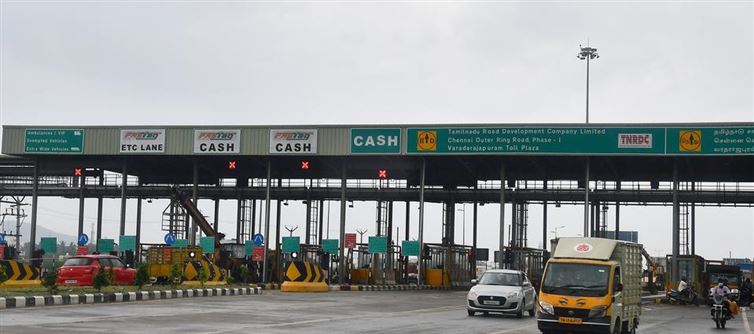
Let’s break it down:
✅ Good for inter-state commuters & highway users
• If you regularly drive long-distance routes like Mumbai–Goa, Bangalore–Kochi, or Mumbai–Nashik, you’ll save anywhere between ₹3,000 to ₹10,000 annually.
• The one-time ₹3,000 fee covers 200 trips in a year, which is a great value if you travel once or twice a month on NHAI-managed roads.
• Road-trip enthusiasts and professionals who criss-cross states will find this to be a practical money-saver.
❌ Bad for city commuters & state highway users
• The pass does NOT cover city projects like the Bandra-Worli sea Link, Atal Setu, or NICE Road in Bangalore, because they fall under state governments or private operators.
• For millions of Mumbai, Bangalore, and delhi residents stuck in daily tolls, this scheme does absolutely nothing.
• If your drives are limited to state highways, this pass is as good as useless.
⚖️ Verdict: A half-step forward
• The Annual Pass is a good initiative—but only if your lifestyle involves interstate commutes or frequent highway drives.
• For the average indian city commuter, it’s a missed opportunity. Unless state governments roll out their own versions of the pass, people will continue to bleed thousands every month on local tolls without relief.
• NHAI deserves credit for starting this conversation, but without wider inclusion, it risks being just another scheme that benefits the few and leaves the many stranded at the toll booth.
In short: A boon for highway travelers, a bust for city commuters.




 click and follow Indiaherald WhatsApp channel
click and follow Indiaherald WhatsApp channel